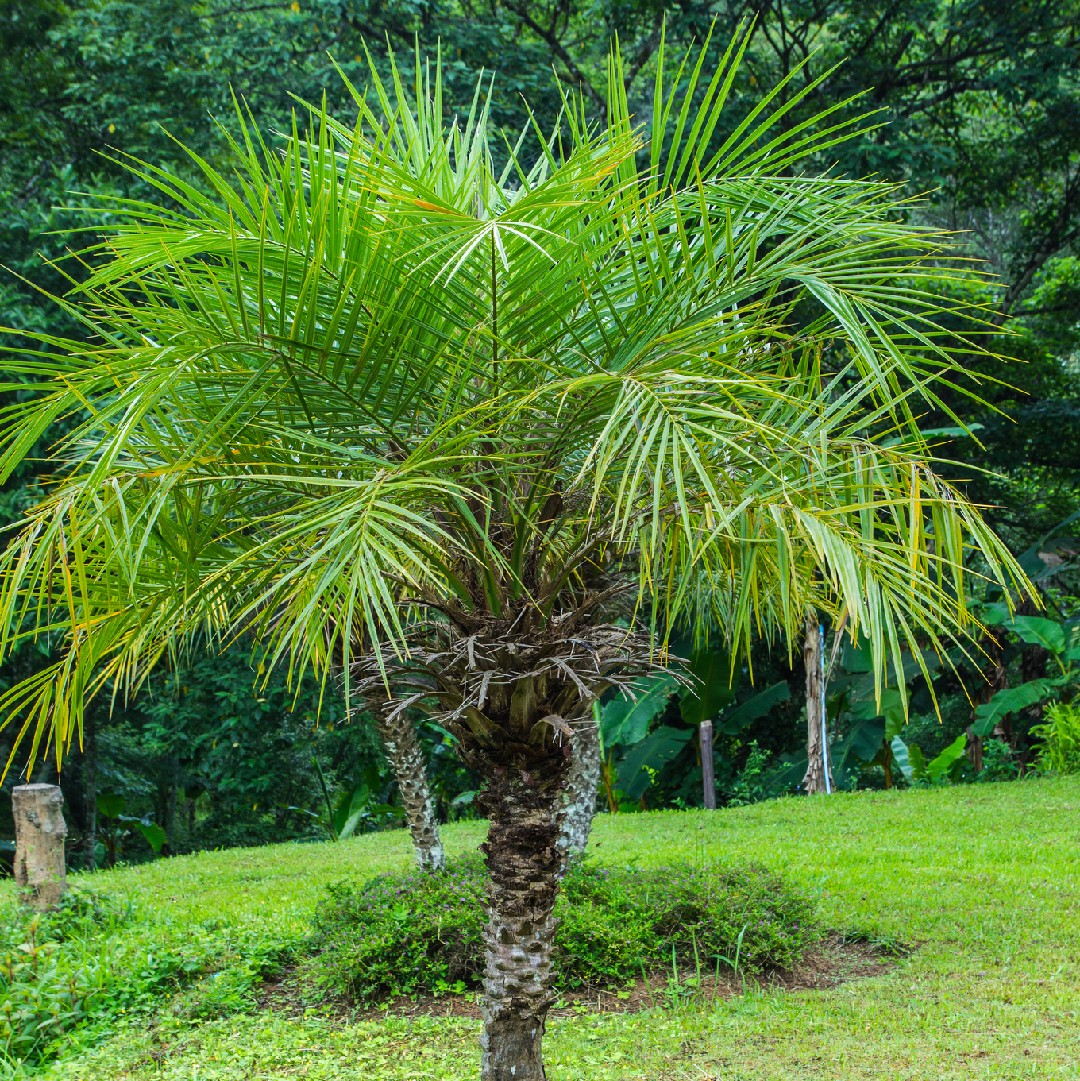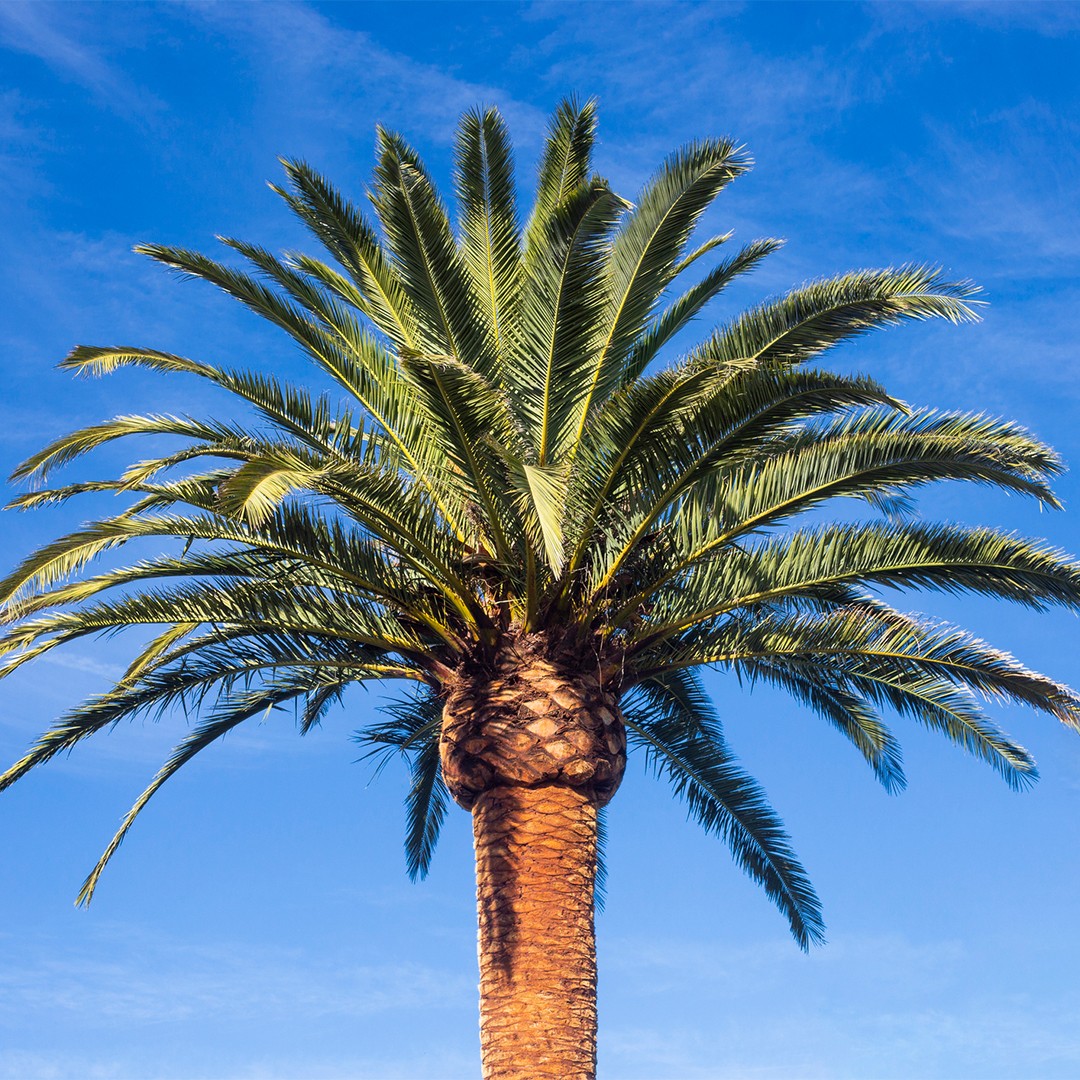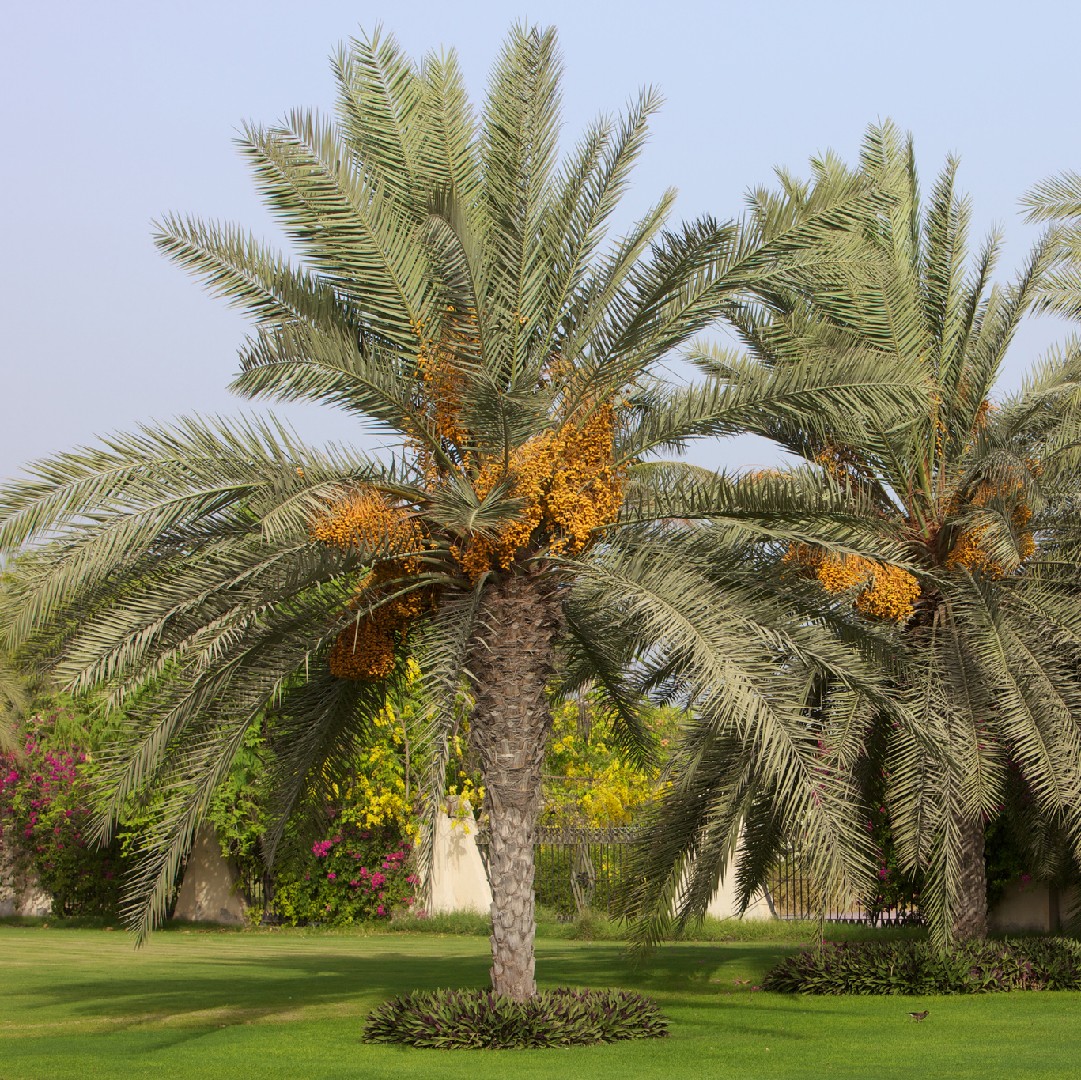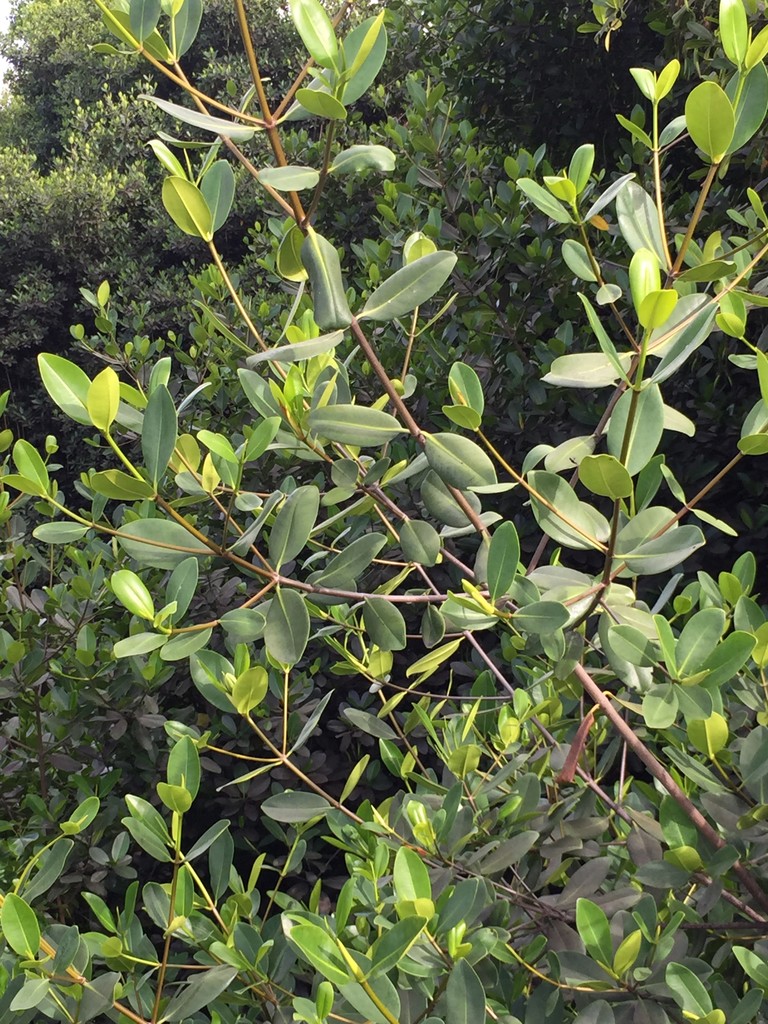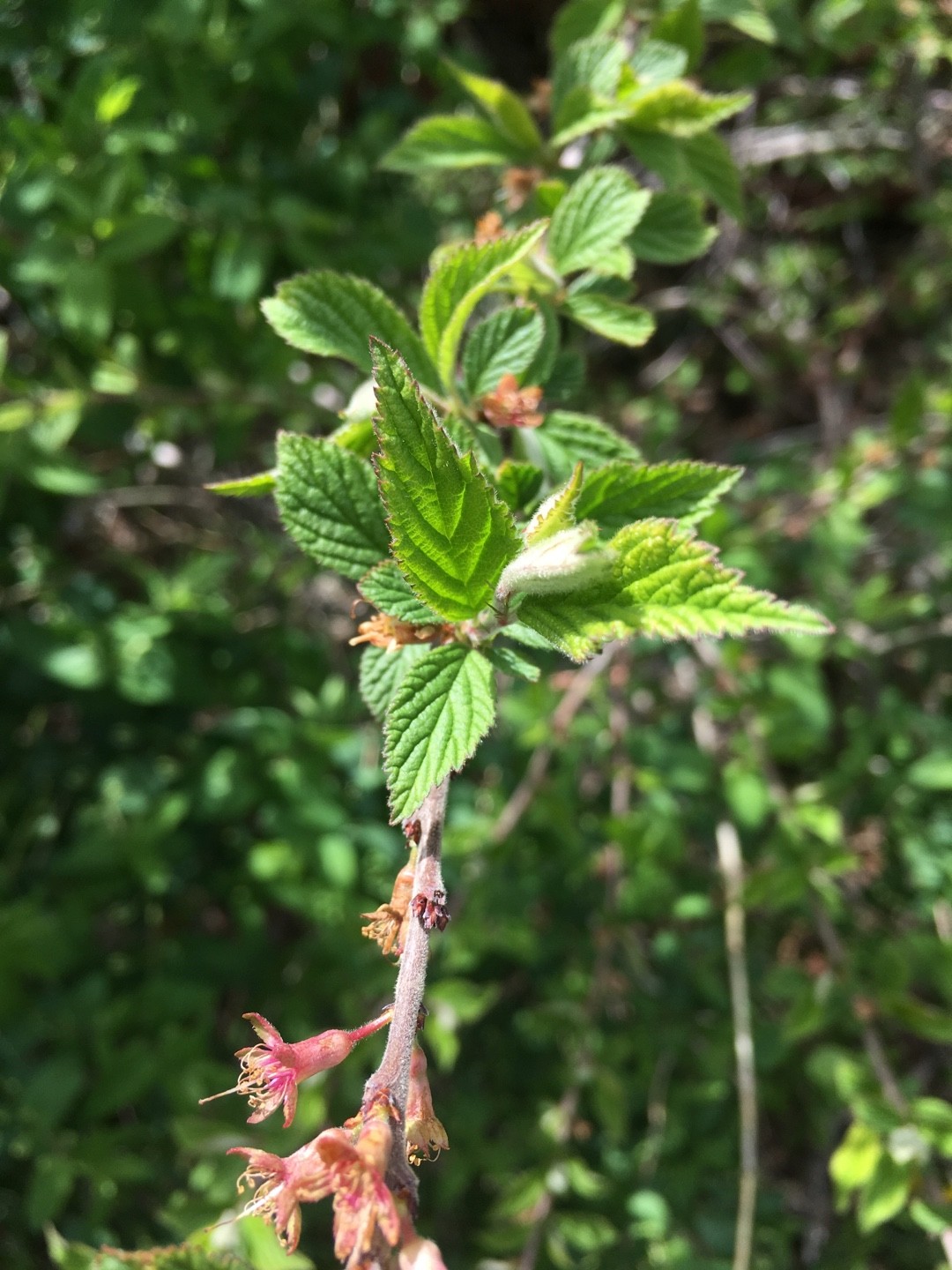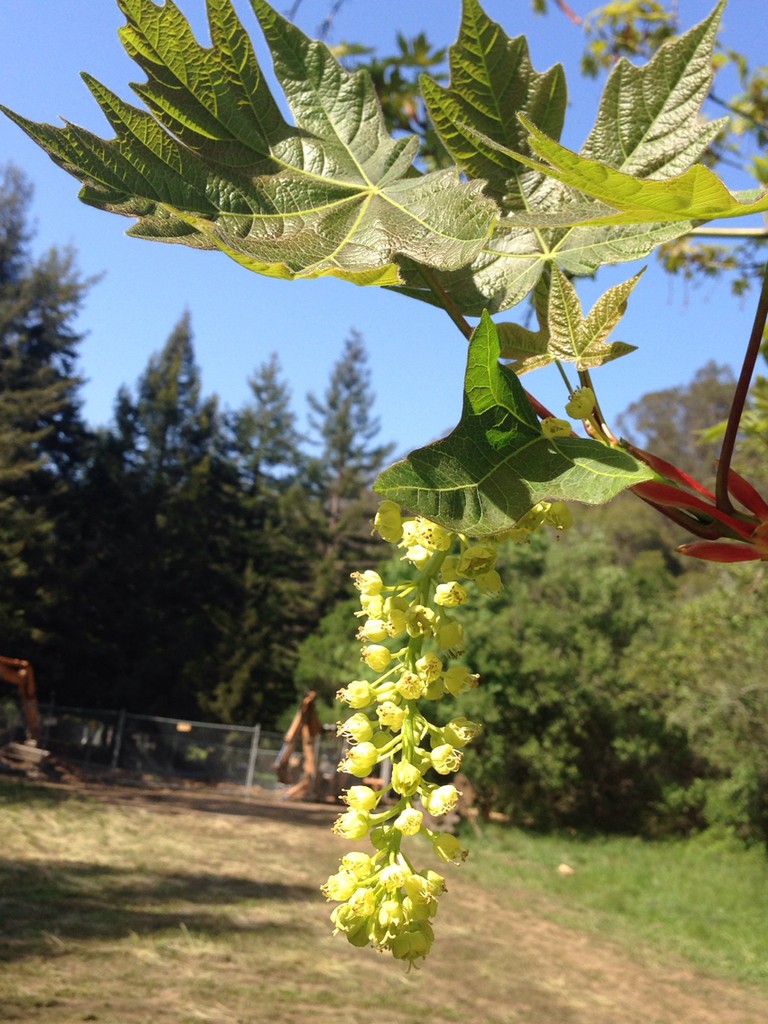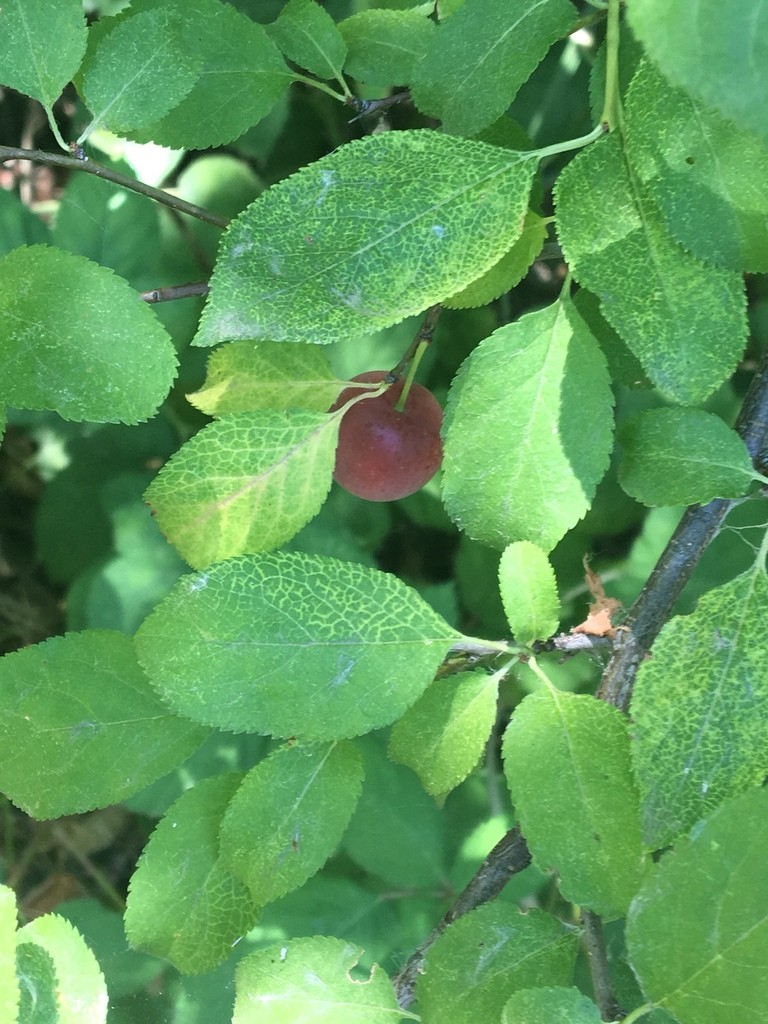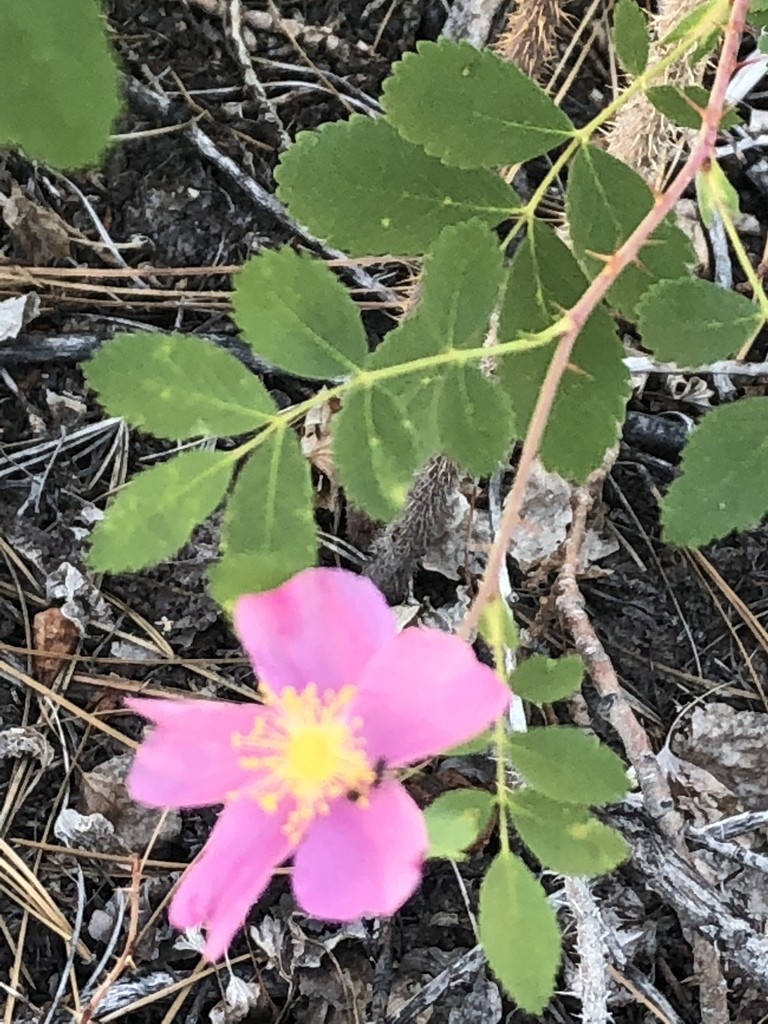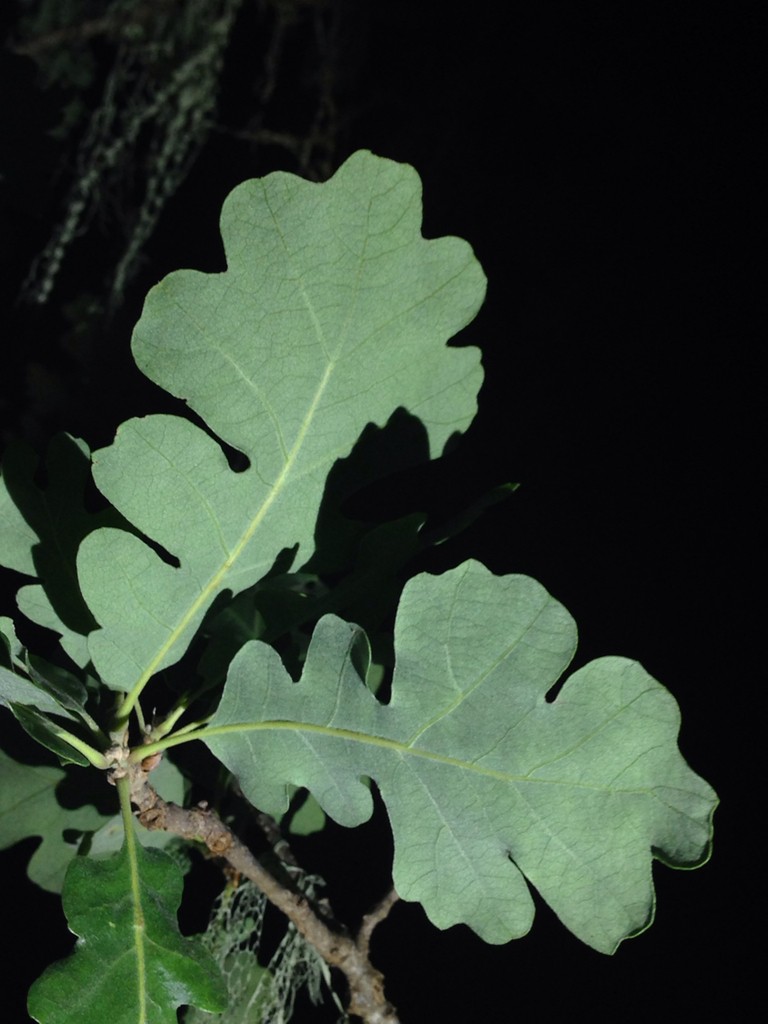The date palms genus, known for its hardy nature and impressive foliage, requires specific cultivation conditions. Adequate light is crucial, with bright, indirect light preferred. Watering needs are moderate; soil should dry slightly between waterings. Date palms thrive in warm temperatures and well-drained, sandy soil to mimic their native environments. Common challenges include spider mites, scale insects, and root rot. Seasonally, date palms demand more water in summer and less in winter, and they may require protection from extreme temperatures and strong winds. Adjust care to ensure successful growth year-round.




